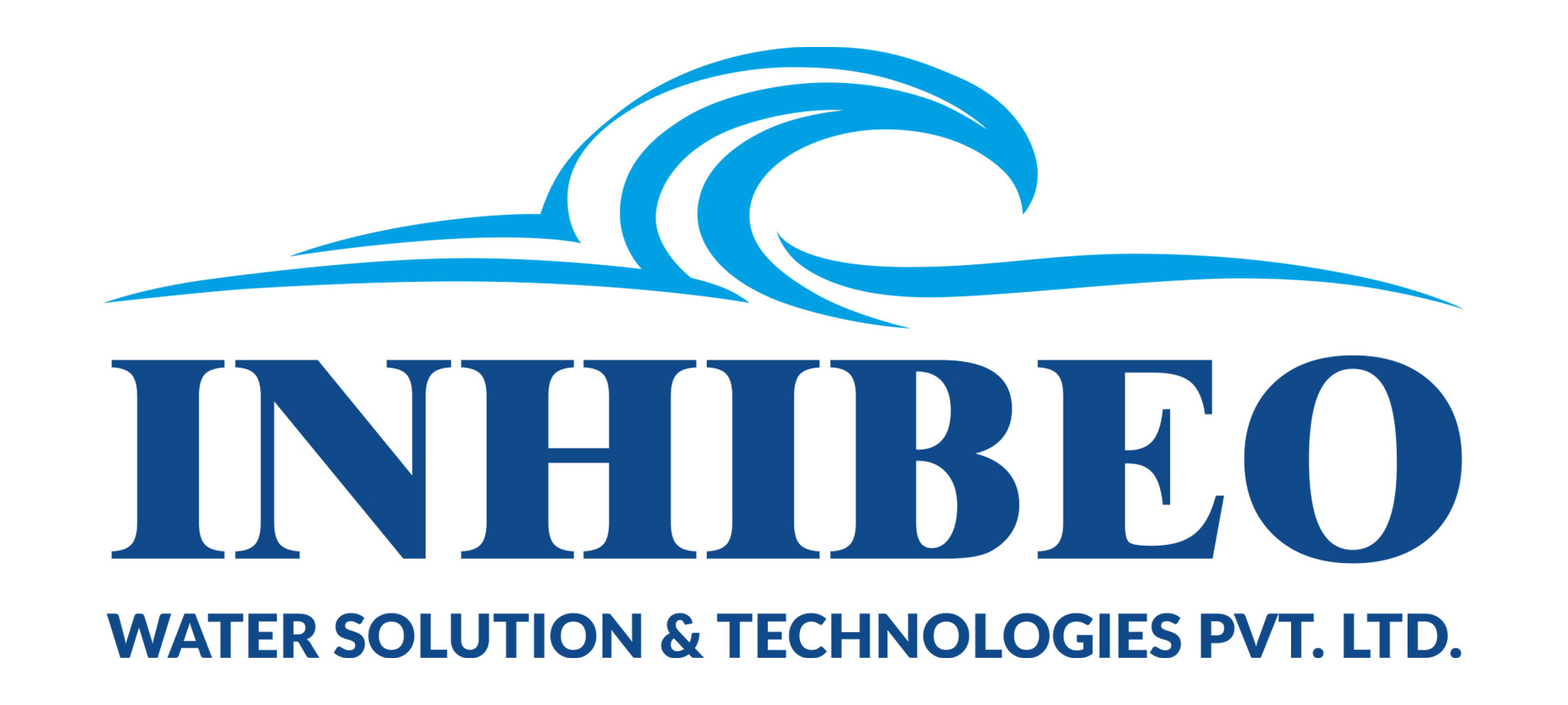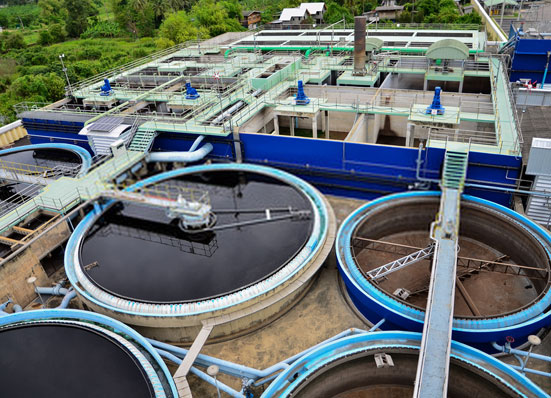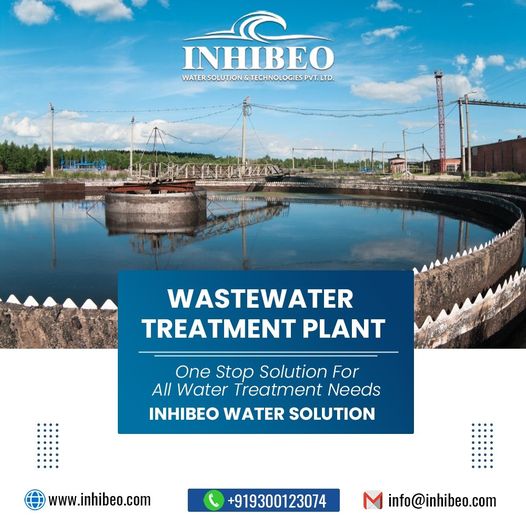Water Treatment Plant (WTP)
Home / Water Treatment Plant (WTP)
A Water Treatment Plant (WTP) is a facility designed to treat and purify water from various sources to make it safe for human consumption, industrial use, or environmental discharge. The primary goal of a water treatment plant is to remove or reduce contaminants, impurities, and pathogens present in the raw water, making it suitable for its intended purpose. Water treatment is a crucial process to ensure public health, protect the environment, and meet regulatory standards for water quality.
The specific processes and technologies employed in a water treatment plant may vary depending on the quality of the source water and the required level of treatment. However, the basic steps involved in a typical water treatment plant are as follows:
Coagulation and Flocculation: Chemical coagulants are added to the raw water to neutralize charges and promote the formation of flocs. Flocs are larger particles that trap fine suspended solids and impurities, making it easier for them to be removed during subsequent treatment steps.
Sedimentation: The water, along with the flocs formed in the previous step, is allowed to settle in large tanks. The flocs settle to the bottom, forming a sediment layer called sludge, while the clarified water remains at the top.
Filtration: The settled water is passed through various filters (e.g., sand, gravel, activated carbon) to further remove suspended particles, remaining impurities, and microorganisms. Filtration is a critical step in the water treatment process.
Disinfection: After filtration, the water is disinfected to kill or inactivate harmful microorganisms like bacteria, viruses, and parasites. Common disinfection methods include chlorination, chloramination, ozonation, or ultraviolet (UV) irradiation.
pH Adjustment: In some cases, the pH of the treated water may be adjusted to a desired level. Proper pH control can help prevent corrosion in distribution pipes and improve the taste of the water.
Additional Treatment (if needed): Depending on the specific water quality requirements and the intended use of the water, additional treatment steps may be incorporated. These could include water softening to reduce hardness, fluoridation to add fluoride for dental health, or advanced treatment processes like reverse osmosis for removing dissolved salts and contaminants.
Storage and Distribution: After the water is treated, it is stored in reservoirs before being distributed through a network of pipes to consumers, industries, and other users.







